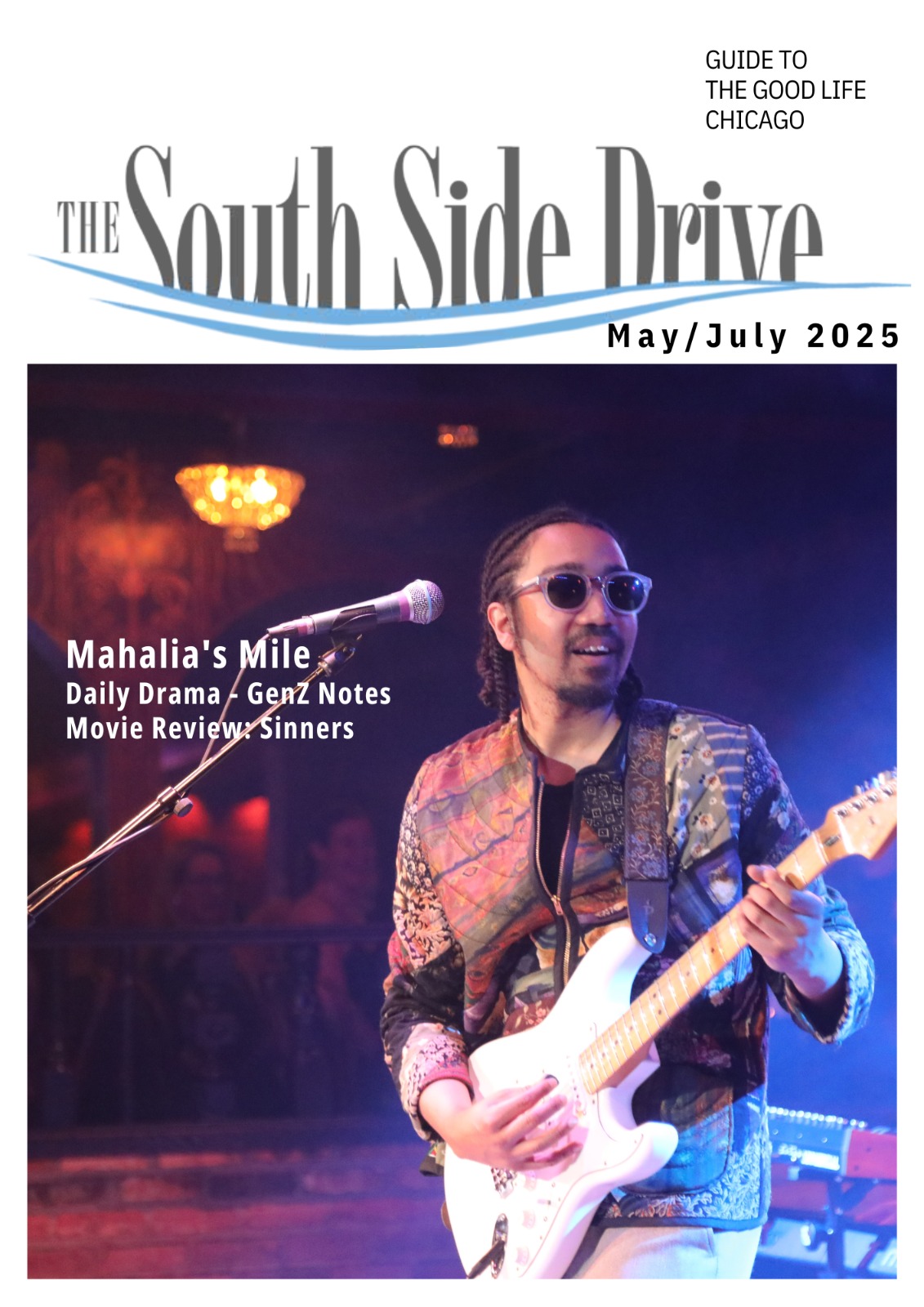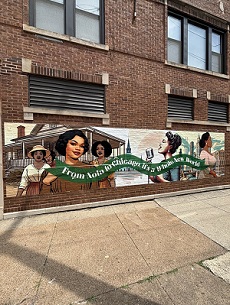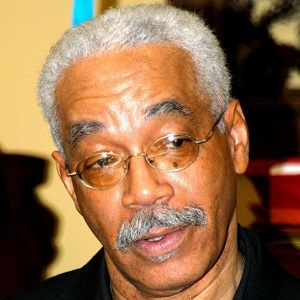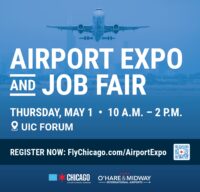The Illinois Black Wall Street Resolution, House Resolution 1320 (HR 1320), was created by A’ndrea Paxton, President and Co-Founder of the Harvey Area Chamber of Commerce (HACC) and Co-Founder and Director of Urban Planning and Development for the Illinois Black Wall Street (IBWS). Ms. Paxton has expertise in Urban, City, Rural, Town, and Tribal Planning.
Ms. Paxton recently sat down with South Side Drive Magazine, to explain to our readers just what HR 1320 is, and why it is so important.
Ms. Paxton told us that she came up with the idea of creating this resolution in 2016, when she was invited by Illinois Black Wall Street co-founder, Jeffrey Dawkins, to join him for a Juneteenth Celebration in Tulsa, Oklahoma. Mr. Dawkins headed up the South Suburban Black Wall Street, which was a for-profit organization that conducted tours of Historical Black Colleges and Universities (HBCU). Having been born and raised in the South, where Juneteenth was celebrated every year no matter what, Ms. Paxton gladly accepted Mr. Dawkin’s invitation. Besides the tour, they were also having a convention and had taken a group with them.
Tulsa, Oklahoma, was one of the largest massacres in the United States, and the only massacre where there were air strikes with military planes, destroying Black businesses and homes in Tulsa. Coming from the South and being aware of that famous massacre, she was surprised that the people in Tulsa weren’t even talking about the massacre and what happened in Tulsa, they were just talking about Juneteenth. However, they soon became interested as Ms. Paxton, an urban planner, began to talk about how Black Wall Street served as the brain center of economic growth and economic development for Black people. She explained that Tulsa had grown so huge until it had become a lending source for even Jews because of what Black people, as a nation of people, created as it pertains to the economic system – such as, our recirculating dollars and our basically building a city with everything we needed in it. With Black Wall Street, there was no need to go out of our community for anything.
The government and powers that be never anticipated the creation of Black Wall Street. When the abolishment of slavery happened in 1865, former slaves had to leave the plantation. They were given their acreage; however, the expectation was that they would need to return to work or continue to share crop and basically legal slavery would continue to exist.
However, Black people had a different idea. They moved to rural areas where they cleaned the land off and built their own communities. As Ms. Paxton explains, “The white plantation owners and former slave masters never expected that to happen. So, they began to burn down and destroy all of the Black businesses and the Black business districts.”. They mainly burned down all the churches and all the courthouses because that was where the records were kept. Their plan was to cripple Black business districts economically so they would have to continue to rely on the white man. This was referred to as “Red Summer,” which consisted of two to three years of burning down Black communities and Black business districts. And some of them never recovered.
Tulsa, Oklahoma, as the most profitable Black business community of all, was funding those communities and helping many of them to rebuild. So, the thought was if the brain center was taken out, which was Tulsa, then the whites and the government would not have to worry about any of the communities redeveloping again. The rest is history. They terrorized the Greenwood District of Tulsa, Oklahoma. They burned and destroyed homes and businesses, and bombed the community, leaving it ruins and its’ residents homeless. The disparities and the racist actions that impacted Tulsa, Oklahoma, were prevalent throughout the United States. In creating this bill, Ms. Paxton points out that Illinois has a racist history of its own that cannot be overlooked. Many people are not aware that Illinois itself had over 120 “sundown communities.” A “sundown community” literally means that Black people caught in that community after sundown were subject to beatings, lynchings, and any other punishment the powers that be felt was justified.
Illinois Black Wall Street has been focused on the legacy of the original Black Wall Street and the success of Tulsa, Greenwood, Black Wall Street which serves as a model of a successful business district. This House Resolution focuses on Illinois, although Ms. Paxton states they want it to eventually become national and become a part of the Illinois Constitution.
So, from that experience and from that information, Ms. Paxton wrote House Resolution 1320. It is a document of historical records from the United States constitution and the communities within the state of Illinois that were economically bankrupted as a result of the massacres. It is about Brooklyn, Illinois; Alton, Illinois; Quincy, Illinois, along with all the borders of the East St. Louis and Missouri rivers that connected with the Mississippi river where the slaves came in. Most slaves came in on transient transportation areas where there were trains and water. They usually would not let them get on the train; so, they came in on the boat or they rode the train as far as they could.
Illinois as a state allowed 440 or more of these local towns to have sundown laws and what they call “Black Laws.” This was in the Illinois State
Constitution law of 1818 to 1853: you were taxed for being Black in the State of Illinois. Illinois was the state where if slaveowners came looking for their runaway slaves, they would be sent back.
The success of the Tulsa, Oklahoma, business district was the model that gave Black people hope. So, everybody everywhere started building models. We had our own grocery stores. We had our own movie theaters for entertainment, we had our own clubs! Everything was done by our own. And we had our own policing, which was not killing. It was not any of that. ”People had a good time,”Ms Paxton noted.
Illinois Black Wall Street was self-funded in the beginning. she tells us, “We raised the funding. We went around, and I did all the research with numerous Illinois State universities who published racial equities studies. I used their studies to talk about this House Resolution and to talk about African American communities and sub-quadrants in the state of Illinois. To talk about the most impoverished communities that have suffered from disparities and lack for some length of time”. Illinois Black Wall Street advocates, encourages, provides research, and provides access to resources and networks. It bridges the gap between non-profit and for-profit businesses and business owners, and focuses on local, county, state, and federal funding to rebuild Black business districts all over the state of Illinois. Our encouragement is that Black people would buy back the vacant corridors in their communities so that we can then help to get them districted or positioned to be funded.
This would show a positive legacy in the community. Because of the disparities and lack in the communities, there is always the appearance that Black people do not succeed where we have businesses. Ms. Paxton points out that, “Our businesses struggle and yet a minority Korean family that has been in rice fields making $5 a week, can come and build businesses and sustain businesses in our communities, whereas we cannot. That is not a good portrayal of African American legacy in the United States.” “As a result of these inequities,” she states, “We are not leaving anything positive for our youth. When we send our youth to college, they don’t want to come back. Why? Where are they going to work? If your business struggled and you’re still struggling and you sent that young person to school, the last thing they want to do is come back and struggle in that same family business.”
The goal of Black Wall Street is to keep a consistent funding of equity to rebuild the economy in Black communities.
“We do not do disparity studies. We end disparity studies,” she says. “I want to focus on the inequities in the Black community and reinvestment of Black communities and public /private partnerships. Because if you are a Black person and you bought that land in your community to put up a business, that is your private investment. Now the public investment is for the government to give you the same dollars and the same equitable interest that it would give any large company that made an equitable interest in your Black community, which many of them do.”

She also points out, “We call our communities ‘the ghetto,’ ‘the hood.’ Other people look at our communities as goldmines. That’s the reason they flock to them. So, if we take that same concept and we buy up our own land and we ask the government to do the same thing for the same TIF, for the same public funding that other entities get, the same tax credits, then that recirculates our state and county and federal dollars back into our communities. Most of the communities next door to us have everything we need to survive. They have the grocery stores. They have the clothing stores. They have everything that’s not in our community. They’re constantly reverting our tax dollars out of our community. If our community is a food dessert and we’re going to their community to shop for food, whether it’s with a Link card or cash, that money is not in the community. So that’s why our streets suffer, our housing markets suffer.”
“Most of our communities are housing projects, and most of the Black people in the community do not even own the houses or the building. Now they’re creating home ownership, but not a lot of Black people own large commercial buildings.”
She also told us, “Illinois Black Wall Street was designed to rebuild our economic system, both socially, that deals with the consumer, and the economic system that deals with the businesses in the community. We want to end our disparity; we want to end the inequity. So, everything we create is designed to do just that – to create a working class, to rebuild Black communities, to rebuild the Black business corridors, and to bring resources into the community that make it a community.”






